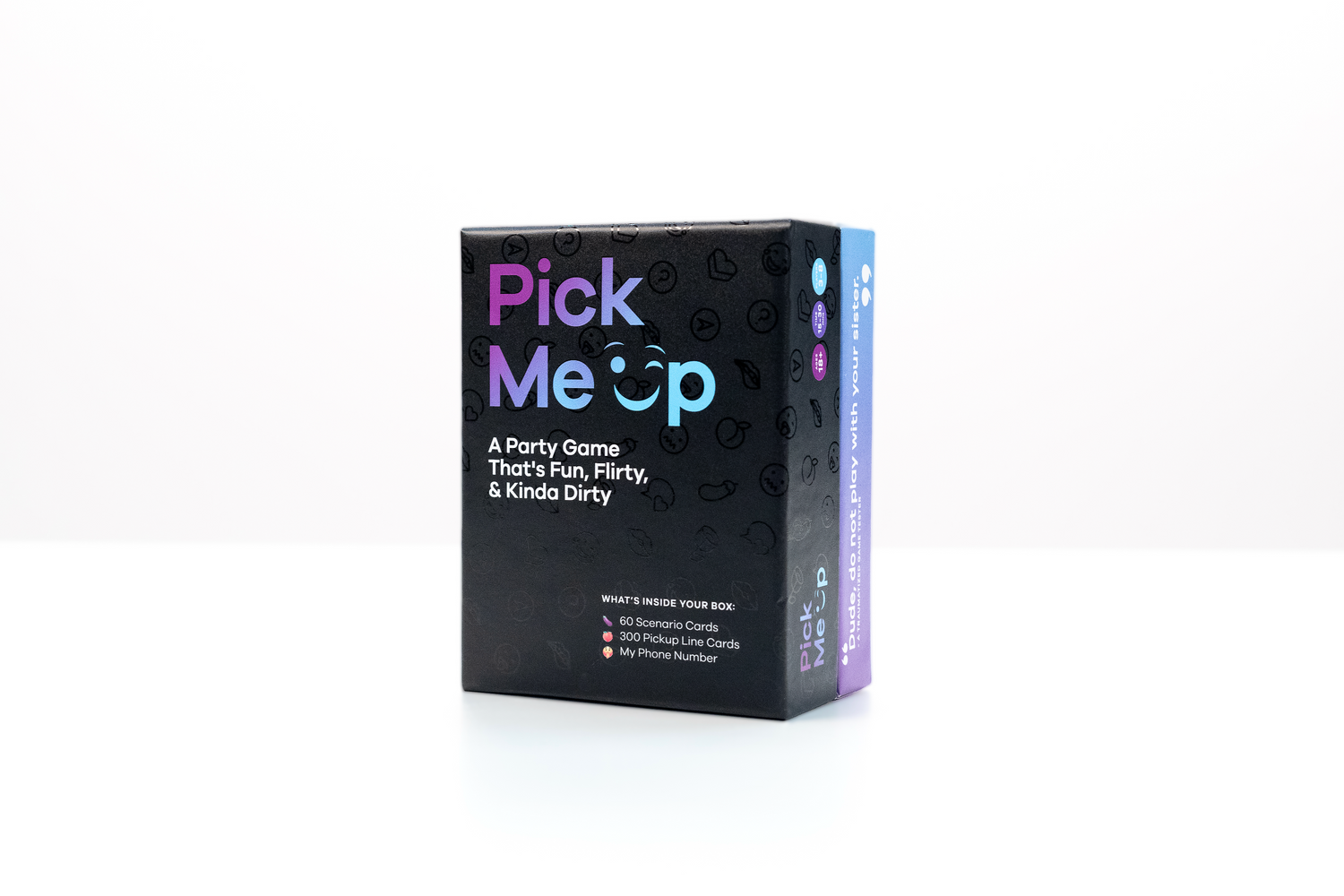If you love deduction games that blend teamwork, wordplay, and a hint of espionage, Codenames should be at the top of your list. Whether you're hosting a game night with friends or playing with family, this game hits the sweet spot between simple setup and strategic depth.
In this article, we break down the full Codenames board game instructions and explain the Codenames board game rules clearly. You’ll walk away knowing how to set up the game, how to play it effectively, and how to win using smart strategies.
What Is the Codenames Board Game?
Codenames is a popular word-association party game created by Vlaada Chvátil and published by Czech Games Edition. In the game, players split into two teams and try to contact all their agents (code-named words on the grid) before the opposing team does—without accidentally revealing the deadly assassin.
It’s part social deduction, part word game, and all fun.
What’s Included in the Codenames Game Box?
A standard Codenames box includes:
-
200 double-sided word cards (400 codenames total)
-
40 agent cards (8 red, 8 blue, 1 double agent, 7 innocent bystanders, 1 assassin)
-
1 key card holder
-
1 sand timer (optional)
-
1 rulebook
-
25 agent tiles
-
A deck stand
Codenames Board Game Setup
Step 1: Divide Into Teams
Codenames is best played with 4 or more players. Split into two teams—red and blue. Each team chooses one Spymaster, while the rest are field operatives.
Step 2: Lay Out the Grid
Shuffle the word cards and place 25 cards in a 5x5 grid face-up on the table. These are the codenames.
Step 3: Choose a Key Card
Spymasters share a randomly drawn key card that shows a color-coded map of the grid, identifying:
-
Red agents
-
Blue agents
-
Innocent bystanders
-
The assassin
The team with more agents (8 instead of 7) goes first and gets the double agent card.
Codenames Board Game Rules
Objective of the Game
Your team must be the first to contact all of its agents by guessing the correct words—based on one-word clues from your Spymaster.
Gameplay Structure
The game is played in turns, alternating between red and blue teams. Each turn has two phases:
Phase 1: Clue-Giving
The Spymaster gives one word as a clue and one number that indicates how many codenames relate to that clue.
Example: If the Spymaster says “Ocean: 2,” the field operatives must find two words in the grid related to the ocean—like “Wave” and “Shark.”
Rules for Giving Clues:
-
Only one word and one number allowed.
-
No rhyming or spelling clues.
-
The clue must relate to the meaning of the words.
-
No gestures or additional hints from the Spymaster.
Phase 2: Guessing
Field operatives now discuss and guess words on the grid. They may make as many guesses as the number given in the clue plus one (to allow for previous missed clues).
Once a guess is made:
-
If correct, the Spymaster places the agent card over the word.
-
If incorrect:
-
It might be an innocent bystander (turn ends).
-
It might be the other team’s agent (turn ends and helps your opponents).
-
It might be the assassin—which results in instant loss.
-
It might be an innocent bystander (turn ends).
How to Win Codenames
The first team to correctly identify all of their agents wins the game. But if any team guesses the assassin, the game ends immediately—and they lose.
Codenames Variants and Expansions
Codenames has inspired multiple spin-offs and themed editions, including:
-
Codenames: Duet – Cooperative two-player mode
-
Codenames: Pictures – Uses abstract images instead of words
-
Codenames: Deep Undercover – Adult-themed version
-
Codenames: Harry Potter / Marvel / Disney – Themed editions for fans
Each version tweaks the rules slightly but keeps the core gameplay intact.
Strategy Tips for Codenames
For Spymasters
-
Think about shared associations within your team.
-
Avoid obvious clues that could also apply to the other team’s words.
-
Use compound ideas (e.g., “Animal: 3” to link Cat, Tiger, and Bat).
For Field Operatives
-
Don’t rush! Talk through the possibilities.
-
Eliminate words tied to previous incorrect guesses.
-
Keep mental track of your Spymaster’s clue style over multiple rounds.
FAQs
-
Can Spymasters talk or give hints beyond the clue?
No. They must remain silent after giving the one-word clue and number. -
What happens if a team guesses more than the allowed number?
They can only guess up to one more than the number given in the clue. -
Can a clue reference past turns?
No. All clues must relate to current unrevealed words. -
What if the team runs out of guesses?
Their turn ends. The next team begins their turn. -
Is the timer mandatory?
No, but it’s helpful for keeping the game moving, especially with larger groups. -
Are you an Amazon Associate, and what does that mean?
Pick Me Up is a part of the Amazon Associate program. As an Amazon Associate, we may earn from qualifying purchases. When you click on links to various merchants on this blog, this can result in us earning a commission.
Master Codenames and Level Up Your Game Nights
Now that you know the full Codenames board game instructions and understand the Codename board game rules, you’re ready to outsmart, outguess, and outplay your opponents. Whether you're strategizing as the Spymaster or analyzing clues as a field operative, this game rewards clever thinking and great teamwork.
So grab your squad, set up the grid, and dive into the thrilling world of wordplay and espionage. Once you get into the rhythm, you’ll see why Codenames is a must-have for any game night.


